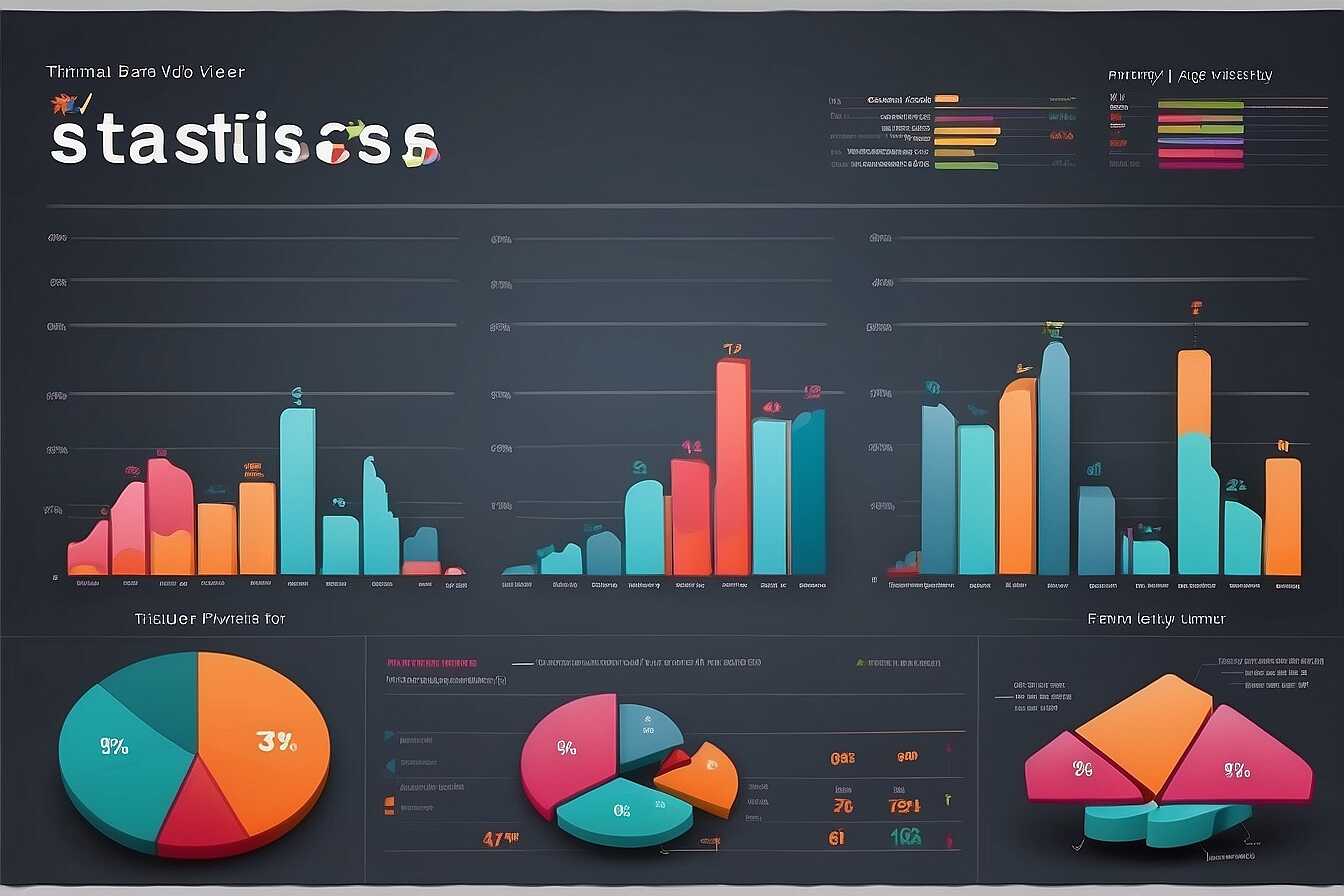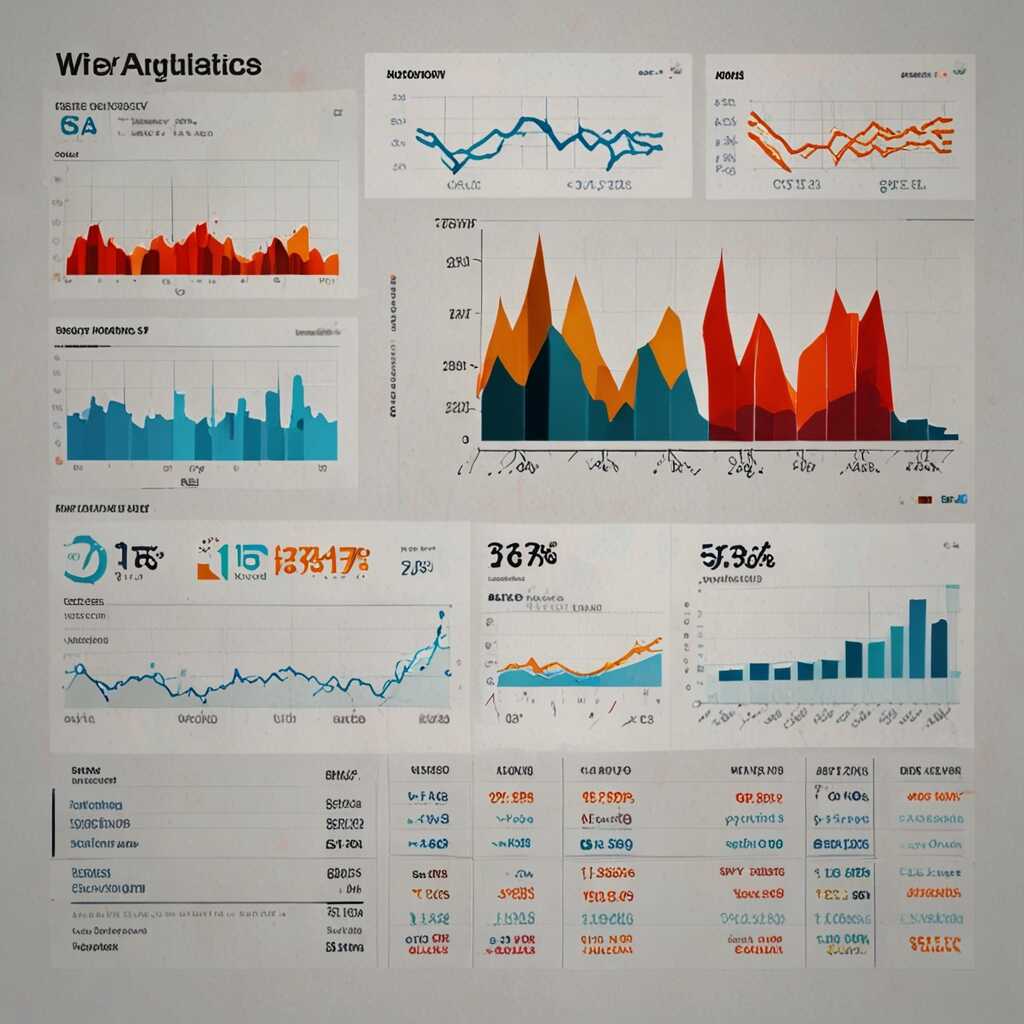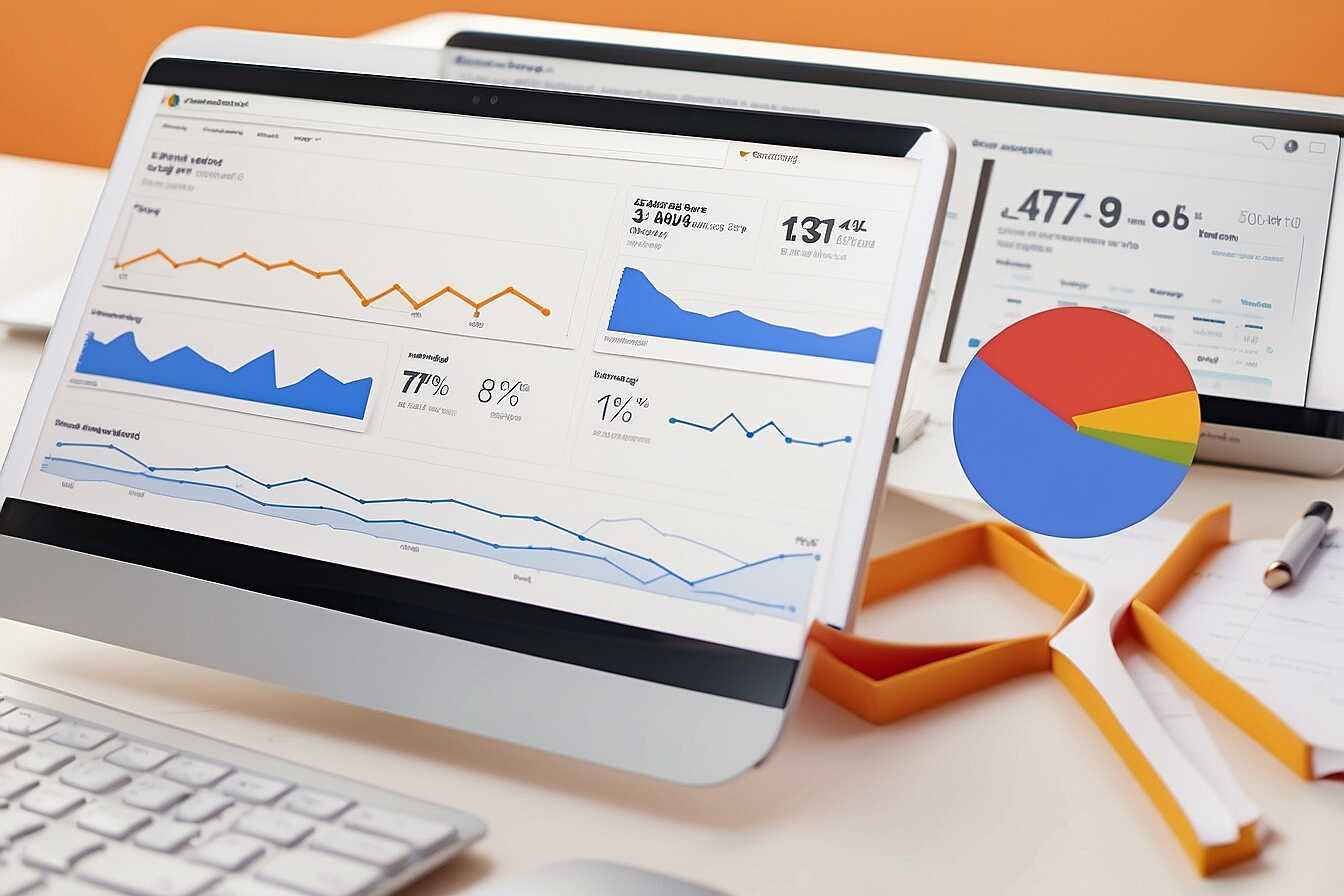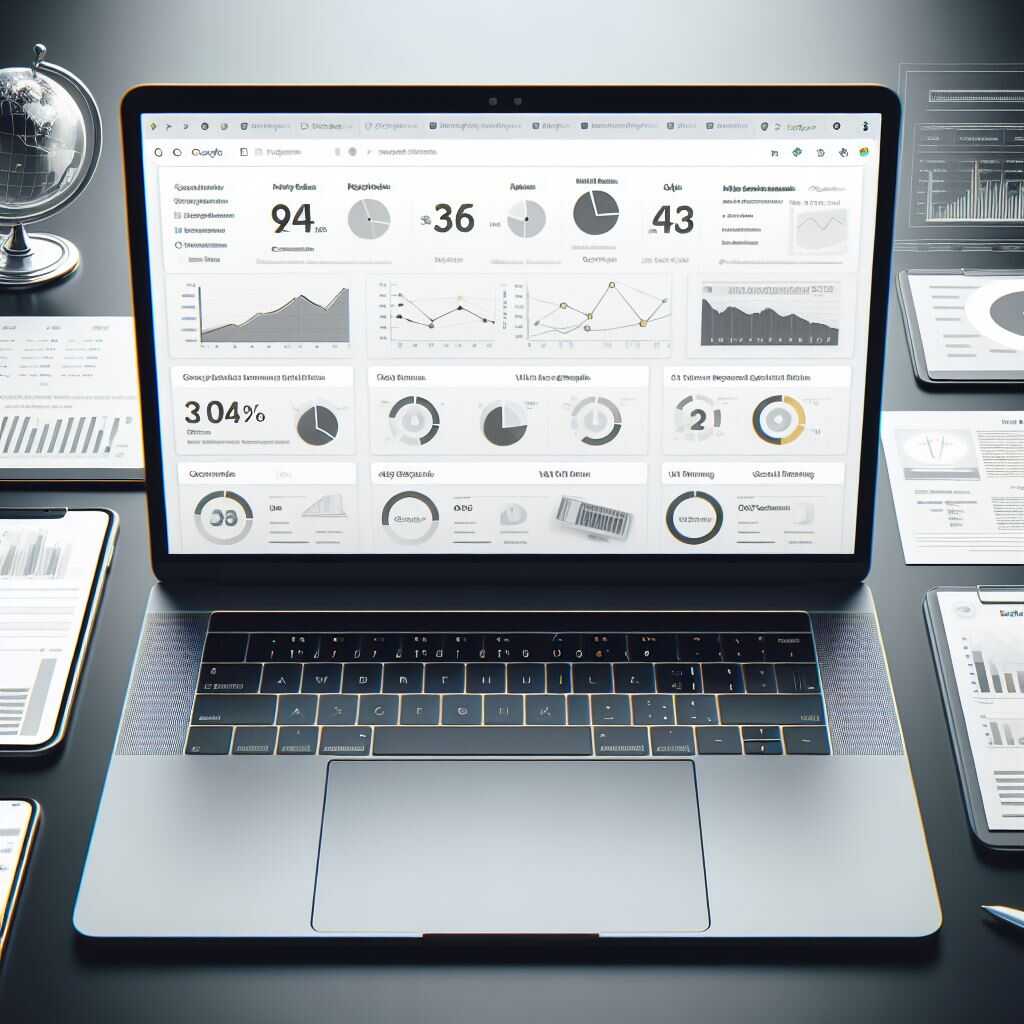Looking to enhance your website’s crawl budget without diving into the technicalities of SEO? You’re in the right place! Simple strategies exist that can improve how search engines access your content, ensuring that your site receives the attention it deserves. At Metrics Rule, we understand how crucial it is for small business owners and digital marketing beginners to optimize their crawl budget effectively, enabling better visibility and increased traffic.
Defining Website Crawl Budget and Its Significance
Crawl budget refers to the number of pages Googlebot crawls and indexes on your site within a specific timeframe. Understanding this concept is vital because it directly affects your website’s SEO performance. Factors like website structure, page speed, and the overall size of your site influence this budget. If Googlebot cannot crawl your pages adequately, important content may not get indexed. As a result, you could miss out on valuable organic traffic. By implementing strategies to enhance your crawl budget, you can ensure that more of your high-quality content receives the attention it deserves from search engines.
Common Factors That Influence Crawl Budget
Critical Elements Affecting Your Crawl Budget
Several critical factors influence your website’s crawl budget. To begin with, crawl budget refers to the number of pages that search engine bots crawl during a given time. Crawl budget is impacted by factors such as website structure, page load speed, and indexation issues. Websites with a clear sitemap structure help search engines efficiently prioritize content. Additionally, a good server performance ensures that bots can crawl your site quickly. For example, if your site has a lot of broken links or redirects, it may reduce the efficiency of crawling.
Understanding the Impact of Page Load Speed on Crawling Efficiency
Page load speed plays a crucial role in enhancing crawling efficiency. Search engines like Google prioritize fast-loading pages, as they provide a better user experience. If pages on your site take too long to load, search engines may crawl fewer pages in their allocated time. Therefore, optimizing images, reducing server response time, and using efficient code can significantly improve page load speeds. Alongside improved load times, a well-structured sitemap can guide crawler bots effectively, ensuring that important pages receive the attention they deserve. This combination will lead to better indexing and potentially higher search rankings, especially for e-commerce websites striving for visibility.

Producing Valuable Content That Attracts Crawlers
High-quality content is essential for encouraging search engines to prioritize crawling your pages. When you create valuable website content, it increases reliability and helps search engines understand your site’s purpose. Search engine crawlers are designed to find and index content that provides informative and engaging information. Valuable content not only enhances your site’s visibility but also improves crawl budget efficiency, ensuring that crawlers efficiently index your most important pages. Strive to create unique and useful content that aligns with user intent, as this is what search engines prioritize when determining which pages to crawl.
Effective Content Creation Strategies for Crawlers
To attract search engine crawlers effectively, focus on creating high-quality content that meets the needs of your audience. Start by conducting thorough research to identify valuable topics relevant to your industry. Use analytics to track the performance of your content and make data-driven decisions. Aim to create a diverse range of content types, such as blog posts, infographics, and videos, to engage visitors and enhance their experience on your site. Also, consider leveraging SEO strategies to optimize your content with keywords that align with what users are searching for online.
Key Numerical Insights to Consider
- Google’s crawler can handle around 1,000 pages per second.
- 80% of your website’s crawl budget can be consumed by only 20% of its pages.
- Approximately 51% of clicks go to the first result on search engines.
- Enhanced crawl budget leads to a potential 30% increase in indexed pages.
- A site’s structure can reduce crawling time by 25% when optimized.
- SEO improvements can result in a 14% increase in organic traffic on average.
- Regularly updating content can double crawl frequency on your site.

Enhancing Website Navigation to Facilitate Crawling
Intuitive website navigation is crucial for optimizing crawl budget utilization. Key elements include a clear site hierarchy, logical categorization of content, and easy access to important pages. When users and crawlers can find content quickly, it improves the overall efficiency of crawling and indexing. A well-structured site hierarchy enhances the user experience by providing seamless navigation, ensuring that users can easily locate relevant content. Ultimately, the better your navigation, the more efficiently search engines can crawl your site.
The Importance of Site Hierarchy in SEO Performance
A well-defined site hierarchy plays a vital role in SEO performance. It allows both users and search engine crawlers to easily understand the organization of your content. By limiting the number of clicks required to access important content, you enhance user experience and ensure that search engines can effectively index your pages. Aim for key pages to be reachable within three clicks from your homepage to maintain good crawl efficiency. Properly designed navigation helps balance user satisfaction and optimal search engine crawling, ultimately boosting your site’s visibility in search results.

Employing Internal Links to Guide Search Engines
Effective internal linking significantly improves your website’s crawl budget by helping search engines discover and index essential pages easily. By creating a logical structure with meaningful links, you ensure that search engines can navigate your site efficiently. Best practices for internal linking on an e-commerce site include linking related products and categories, which not only enhances user experience but also helps in distributing page authority. Aim for a balanced approach where each page has 3 to 10 internal links that guide both users and search engines to key sections of your site.
Best Practices for Internal Linking on E-commerce Sites
For e-commerce sites, robust internal linking strategies are crucial for enhancing site visibility and user navigation. Begin by creating links between related products and categories, ensuring seamless transitions for users. Use descriptive anchor text, as it improves search engine understanding of linked content. Additionally, consider linking back to popular or essential pages that engage customers. Regularly review your internal linking structure to ensure it remains effective as you add new content or products. This approach not only helps improve your crawl budget but also supports a better user experience, leading to higher conversion rates for your e-commerce business.
Advantages of Optimizing Your Site’s Visibility
- Improved indexing means search engines find your important pages faster.
- Higher crawl efficiency allows the crawler to visit more pages, enhancing SEO.
- Better organization helps users find what they need, boosting user satisfaction.
- Improving your crawl budget can increase discoverability of new content.
- Refining your website can lead to higher rankings in search results.
- Streamlined navigation fosters a smoother experience for visitors.
- Consistent updates keep your content fresh, encouraging more frequent visits.

Streamlining Unwanted Pages for Optimal Crawl Efficiency
Removing low-quality pages enhances your crawl budget significantly. Search engines like Google prioritize indexing pages that provide value, so when you eliminate low-quality content, you help streamline the bots’ efforts. This way, search engines focus on your best content, ensuring it gets the visibility it deserves. Additionally, a clean website structure with essential and relevant pages improves user experience, which can further boost engagement and rankings.
Identifying Low-Quality Pages on Your Site
Identifying low-quality pages is essential for enhancing your site’s overall performance. Begin by reviewing metrics that indicate engagement, such as bounce rates and time spent on the page. Pages with high bounce rates or minimal traffic may not provide useful information to your audience. You can also utilize Google Analytics to analyze which pages are driving conversions and which are not. This data is invaluable for testing your website’s SEO strategies. By removing low-performing pages, you allow Google to allocate its crawl budget better, focusing on your highest-quality content, thereby enhancing your website’s overall visibility and efficiency.
Using Social Media to Enhance Site Visibility and Traffic
Leveraging social media can significantly boost your website’s crawl budget. When you share your content, social media engagement signals its value to search engines like Google and Bing. This increased engagement can lead to more traffic, eventually improving your site’s indexing and crawling capabilities. Sites that consistently receive organic engagement from platforms like Facebook, Twitter, or Instagram help establish authority and trustworthiness, which search engines recognize and reward. To maximize impact, focus on crafting high-quality posts that resonate with your audience and encourage sharing.
Effective Social Media Platforms for Traffic Boost
Different social media platforms have unique features that can significantly enhance your website’s traffic and visibility. For instance, Instagram is great for visually appealing content, while LinkedIn excels with professional articles and B2B connections. Facebook provides versatile sharing options, allowing for links, images, and videos to be shared. Using these diverse platforms can test which channels best engage your audience. By analyzing user interactions and engagement metrics, you can identify successful strategies that improve site traffic and SEO results effectively.
Relevant Platforms and Their Unique Offerings
- WordPress excels at user-friendly content management and optimization tools.
- Shopify is fantastic for e-commerce but may limit crawl budget due to plugins.
- Wix offers simple website building, but sites may require manual tweaks for SEO.
- Squarespace provides great design features, yet face indexing issues sometimes.
- Medium is excellent for content visibility but controls the crawl potential fully.
- Ghost focuses on speed and SEO but requires some technical skill to maximize crawl.
- Drupel is ideal for complex sites, allowing deep customization for better crawling.
Utilizing Analytics for Continuous Optimization of Crawl Budget
To enhance your website’s crawling performance, basic analytics tools like Google Analytics and Google Search Console can be extremely helpful. By monitoring key metrics such as page views, bounce rates, and indexed pages, you can identify patterns that may affect your site’s visibility. Use these platforms to track how frequently search engines crawl your pages and identify which pages may be slowing down your site’s indexing. This data-driven approach ensures you make informed adjustments that lead to better SEO improvements over time.
Essential Metrics for Monitoring Crawling Performance
When monitoring crawling performance metrics, focus on essential indicators such as the number of indexed pages, crawl frequency, and error reports from tools like Google Search Console. These metrics provide insights into how well search engines are accessing your site. Regularly reviewing these indicators will help you enhance your crawl budget by efficiently identifying issues like broken links or redirect chains. Aim for a review frequency of at least once a month to catch any potential problems early. This proactive monitoring enables you to make timely adjustments for improved indexing and search engine visibility, ultimately leading toward your SEO goals.
